I guess you could say ever since the Academy Award for Best Animated Feature was introduced in 2001, Pixar have been sweeping the floor with most competition. Granted, they did not win any of the first two, in 2001 the honor went to Shrek and the following year to Spirited Away. But still, during the last thirteen years, eight Pixar films have been crowned best animated feature and between 2007 and 2010 they won four awards in a row. Pixar as a studio for sure has been innovative and interesting to follow, but so has DreamWorks. Disney not so much, but they have been stepping up in the 2010s. Sometimes you could even feel critics had decided on beforehand what to make of the new releases from the studio. It’s even more fascinating when comparing to Studio Ghibli since almost all Pixar films follow the typical dramatic film structure, which sometimes leads to a let down after a promising start (I’m looking at you, WALL·E). There is however one bright shining star who knows not only how to write a story, but how to display it to the audience and how to convey a message. As the headline suggests, his name is Pete Docter.
 Monsters, Inc. (2001)
Monsters, Inc. (2001)
**** (A must-see)
Directed by Pete Docter
Written by Andrew Stanton, Dan Gerson
Maybe you noticed Docter isn’t credited with writing this film. The explanation is quite simple; he wrote the story, not the screenplay.
After being one of the creators of the world’s first computer animated feature, Toy Story, and its sequel, Toy Story 2, Pete Docter directed his first feature. What fascinated me the most rewatching it earlier this year was that it was still visually impressive. The earlier Pixar films actually looks kind of miserable today (I mean, look at this). I am not only talking about the computer animations, it is just so much more well thought-out than preceding Pixar works. As just one of many examples, all monsters have a unique and oftentimes entertaining look and way to move.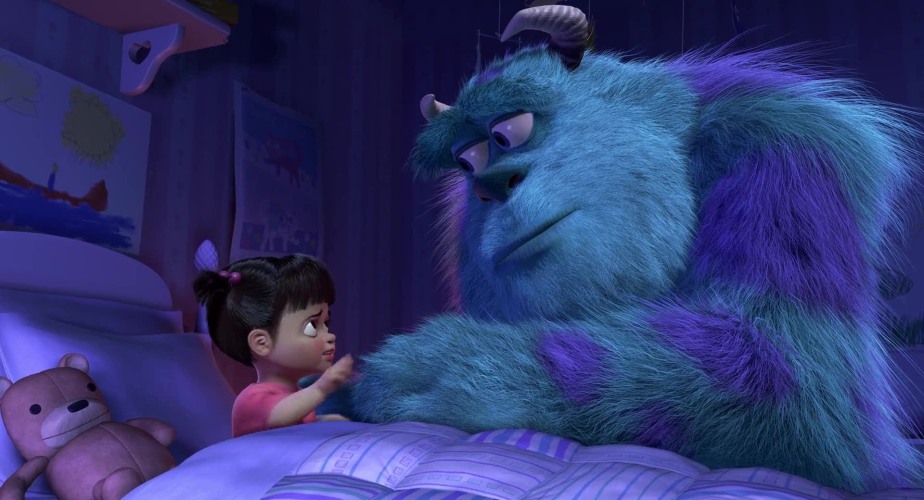 I guess most people have seen this film by now, so for those who haven’t the summary will be short: Monsters, Incorporate are scaring children with the help of advanced portals (closet doors), to gain energy for their town in the shape of screams. They are, though, just as scared as of the kids as the kids are of them – even touching a child means red alert and quarantine. And as you might have guess already, a child sneaks through a door and enters the monster world, making two new friends (our main characters, that is).
I guess most people have seen this film by now, so for those who haven’t the summary will be short: Monsters, Incorporate are scaring children with the help of advanced portals (closet doors), to gain energy for their town in the shape of screams. They are, though, just as scared as of the kids as the kids are of them – even touching a child means red alert and quarantine. And as you might have guess already, a child sneaks through a door and enters the monster world, making two new friends (our main characters, that is).
In simple ways, Monsters, Inc. conveys messages about group prejudice, friendship, risk-taking, workers conditions etcetera. It also manages to stay within the dramatic film structure without making the last quarter drag through a really innovative use of the portal doors.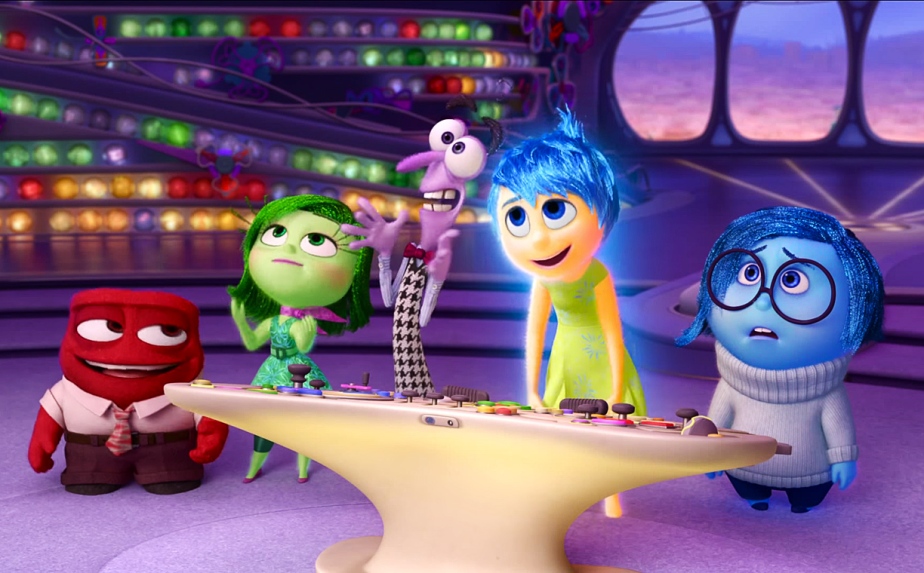
Inside Out (2015)
**** (A must-see)
Directed by Pete Docter
Written by Pete Docter, Meg LeFauve, Josh Cooley
After his second feature, Up, Docter gave us this incredible piece of work. Years had passed since Pixar performed anything out of the ordinary (Toy Story 3 in 2010) and the trailer didn’t get me hooked. I was stunned. What had I just witnessed? This movie is such a contrast to nearly all big budget Hollywood films, animated and non-animated.
We meet Riley, an 11 year old girl who loves to play hockey. But we also meet her emotions. I mean, we really do, we enter her brain and our main characters all of a sudden have names like Fear, Anger, Joy, Sadness and Disgust. When Riley is forced to move with her parents to a new city everything in her life changes. We are introduced to the concept of core memories, all happy ones, that are key to Riley as a person. It is really emphasised how important these core memories are, stored on separate cloudy islands.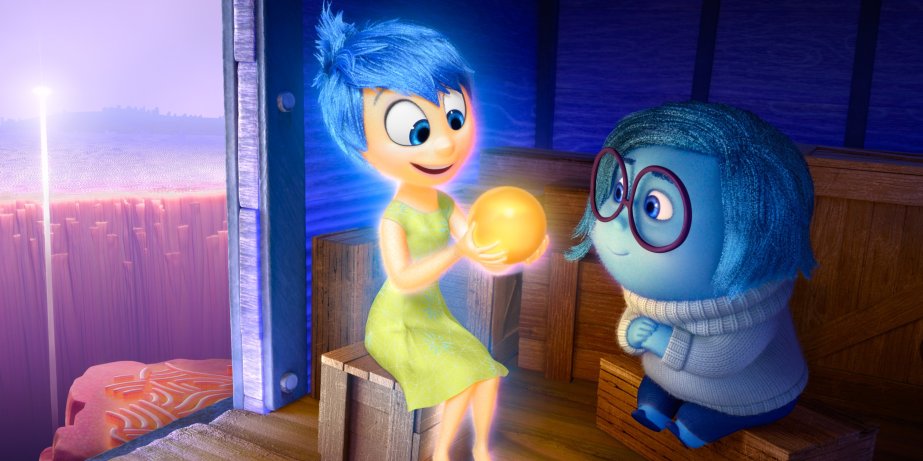 Joy is acting head of feelings and she and the others are not quite able to grasp what Sadness’ function could possibly be, and she is certainly a pain in the back for them when she can’t help touching a lot of happy memories, which are stored in small bowls, thus making them sad ones.
Joy is acting head of feelings and she and the others are not quite able to grasp what Sadness’ function could possibly be, and she is certainly a pain in the back for them when she can’t help touching a lot of happy memories, which are stored in small bowls, thus making them sad ones.
A lot of twists and turns take place after this, including Riley losing all her core memories, with the islands falling apart. What will happen next? Will Riley be depressed forever? Will she even forget who she is?
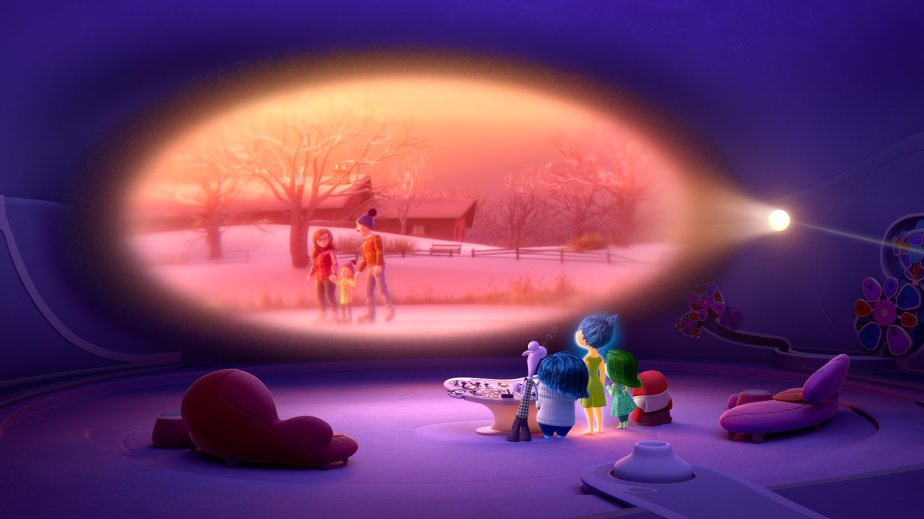 No other film I have seen has portrayed the process of growing up better than Pete Docter’s masterpiece. Not visually, not conceptually, not emotionally, not story-telling wise, not nothing. Another thing proving Docter’s talent is how cleverly Inside Out is constructed, since children will probably love this without even grasping some of the basic concepts of its message. That is how to truly make a children’s movie appeal to grown-ups, not by adding over-the-top obvious film references.
No other film I have seen has portrayed the process of growing up better than Pete Docter’s masterpiece. Not visually, not conceptually, not emotionally, not story-telling wise, not nothing. Another thing proving Docter’s talent is how cleverly Inside Out is constructed, since children will probably love this without even grasping some of the basic concepts of its message. That is how to truly make a children’s movie appeal to grown-ups, not by adding over-the-top obvious film references.
Pixar may have been subscribing to the Academy Award for Best Animated Feature, but when they actually performed their first masterpiece, they got snubbed. Because Inside Out did not win the Best Feature award, which is would have been worthy of. It wasn’t even nominated. Critics still seem to discriminate against animated films, considering nominations instead went to films like The Martian and Bridge of Spies.
If Docter performs another hit like this, it should be hard for the jury not to give it more attention. Let’s hope he does.
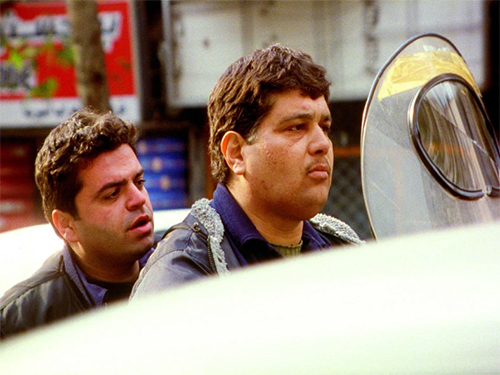
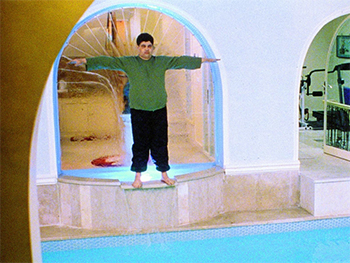
 Monsters, Inc. (2001)
Monsters, Inc. (2001) I guess most people have seen this film by now, so for those who haven’t the summary will be short: Monsters, Incorporate are scaring children with the help of advanced portals (closet doors), to gain energy for their town in the shape of screams. They are, though, just as scared as of the kids as the kids are of them – even touching a child means red alert and quarantine. And as you might have guess already, a child sneaks through a door and enters the monster world, making two new friends (our main characters, that is).
I guess most people have seen this film by now, so for those who haven’t the summary will be short: Monsters, Incorporate are scaring children with the help of advanced portals (closet doors), to gain energy for their town in the shape of screams. They are, though, just as scared as of the kids as the kids are of them – even touching a child means red alert and quarantine. And as you might have guess already, a child sneaks through a door and enters the monster world, making two new friends (our main characters, that is).
 Joy is acting head of feelings and she and the others are not quite able to grasp what Sadness’ function could possibly be, and she is certainly a pain in the back for them when she can’t help touching a lot of happy memories, which are stored in small bowls, thus making them sad ones.
Joy is acting head of feelings and she and the others are not quite able to grasp what Sadness’ function could possibly be, and she is certainly a pain in the back for them when she can’t help touching a lot of happy memories, which are stored in small bowls, thus making them sad ones. No other film I have seen has portrayed the process of growing up better than Pete Docter’s masterpiece. Not visually, not conceptually, not emotionally, not story-telling wise, not nothing. Another thing proving Docter’s talent is how cleverly Inside Out is constructed, since children will probably love this without even grasping some of the basic concepts of its message. That is how to truly make a children’s movie appeal to grown-ups, not by adding
No other film I have seen has portrayed the process of growing up better than Pete Docter’s masterpiece. Not visually, not conceptually, not emotionally, not story-telling wise, not nothing. Another thing proving Docter’s talent is how cleverly Inside Out is constructed, since children will probably love this without even grasping some of the basic concepts of its message. That is how to truly make a children’s movie appeal to grown-ups, not by adding 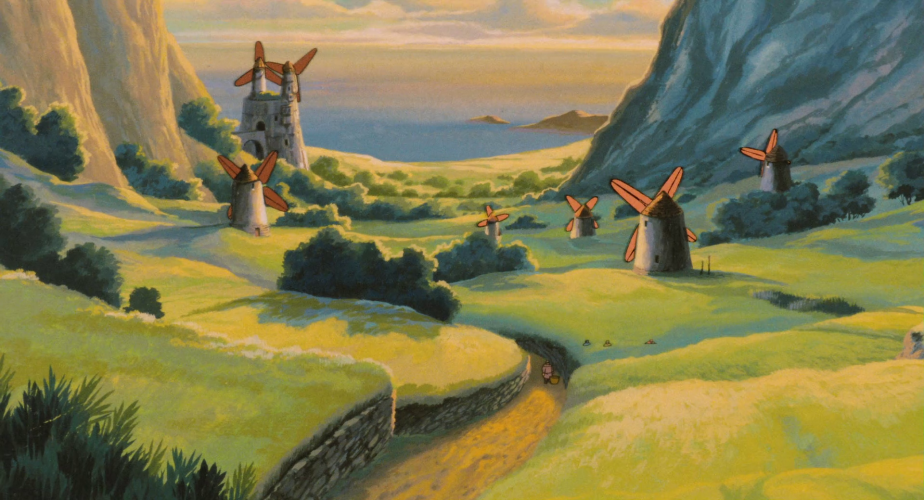 Nausicaä of the Valley of the Wind (1984)
Nausicaä of the Valley of the Wind (1984)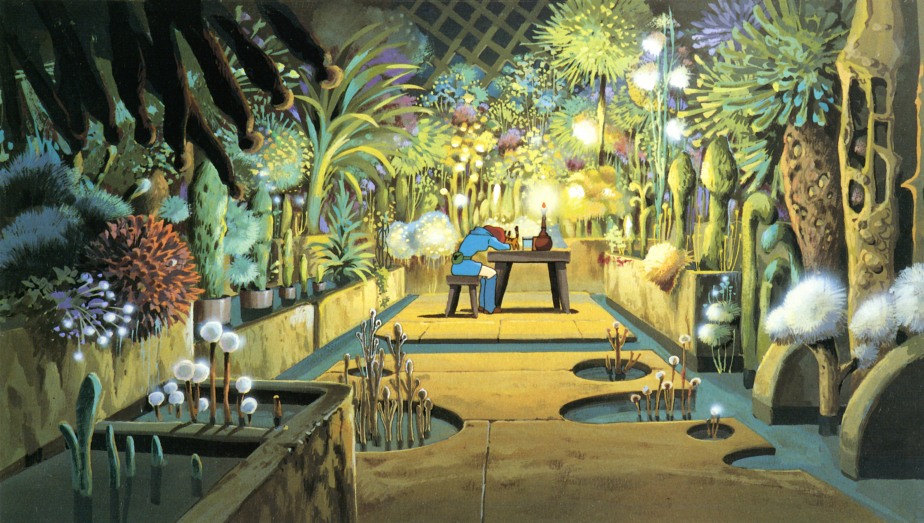 It doesn’t take long until the valley is, by accident, found by neighbouring kingdoms and gets thrown into a war, which could be the final war. We now follow Nausicaä’s struggles to broker peace and a to find a way to save not only mankind, but the planet.
It doesn’t take long until the valley is, by accident, found by neighbouring kingdoms and gets thrown into a war, which could be the final war. We now follow Nausicaä’s struggles to broker peace and a to find a way to save not only mankind, but the planet.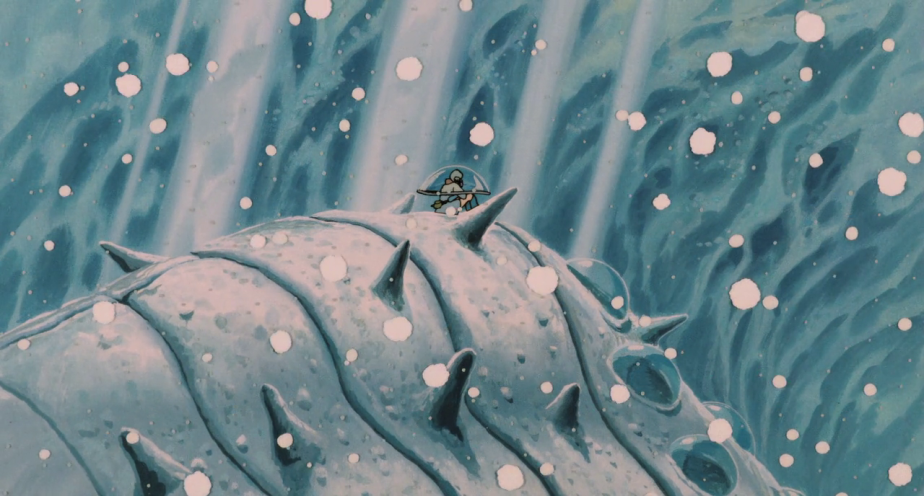 The film as a whole has its problems. It sometimes acts like a TV series cut into a cinema experience, especially towards the end. And maybe it’s not so strange? After all, it is one of Miyazaki’s first attempts at directing a feature and he based on the manga series (also his creation) that was released a few years earlier. But even so, this is a beautiful film, it is visually stunning and dwells into atmospheres Disney wouldn’t dare. I really think most viewers underestimate how well directed animated films can be as we are used to nothing else but mediocre direction. Therefore, I think we even fail to notice mediocre direction, since we think it’s just is, by default. I have even heard people saying things like “What does an animation director even do? Tell people to draw faster?”. Every Disney film I have rewatched has been a disappointment, not only for its stories but also for its direction and cinematography. Every single scene is made up of the most obvious angle, nothing out of the ordinary is shown and all that is pictured is there because it is needed for the continuation of the story. It also feels hollow, with no true emotions. Compare
The film as a whole has its problems. It sometimes acts like a TV series cut into a cinema experience, especially towards the end. And maybe it’s not so strange? After all, it is one of Miyazaki’s first attempts at directing a feature and he based on the manga series (also his creation) that was released a few years earlier. But even so, this is a beautiful film, it is visually stunning and dwells into atmospheres Disney wouldn’t dare. I really think most viewers underestimate how well directed animated films can be as we are used to nothing else but mediocre direction. Therefore, I think we even fail to notice mediocre direction, since we think it’s just is, by default. I have even heard people saying things like “What does an animation director even do? Tell people to draw faster?”. Every Disney film I have rewatched has been a disappointment, not only for its stories but also for its direction and cinematography. Every single scene is made up of the most obvious angle, nothing out of the ordinary is shown and all that is pictured is there because it is needed for the continuation of the story. It also feels hollow, with no true emotions. Compare